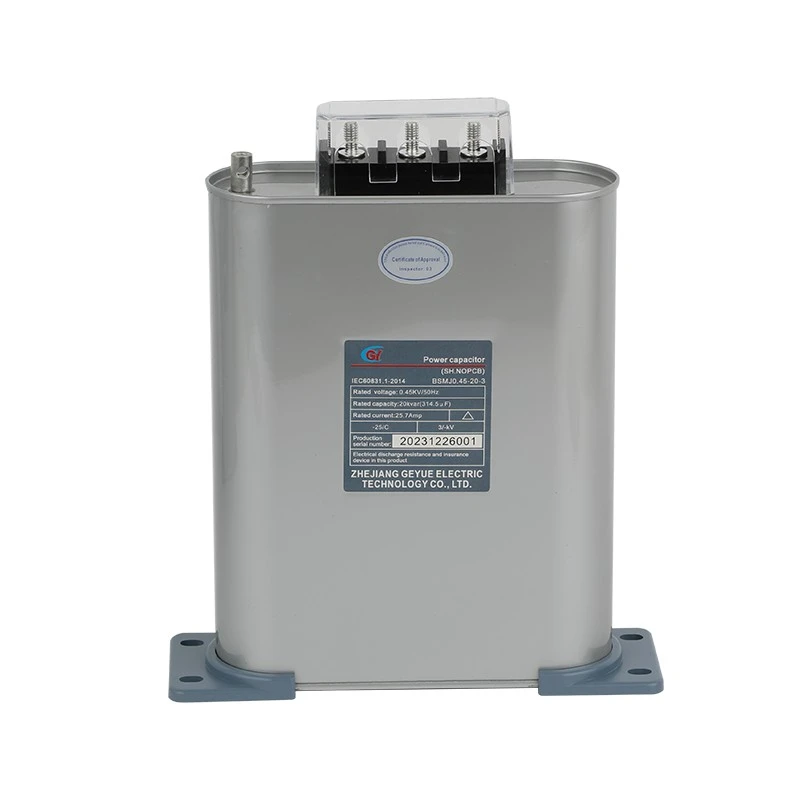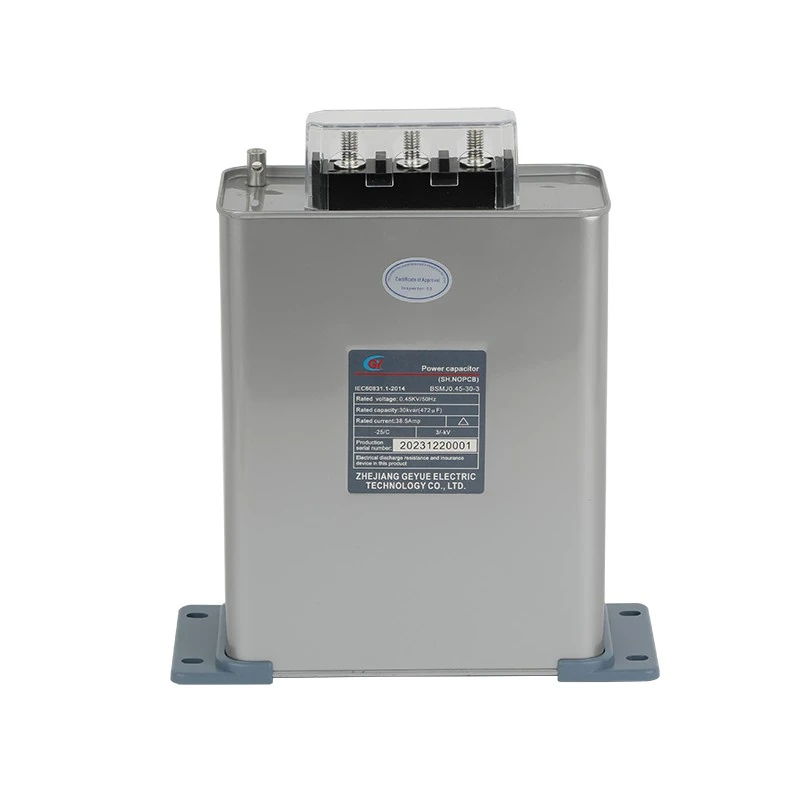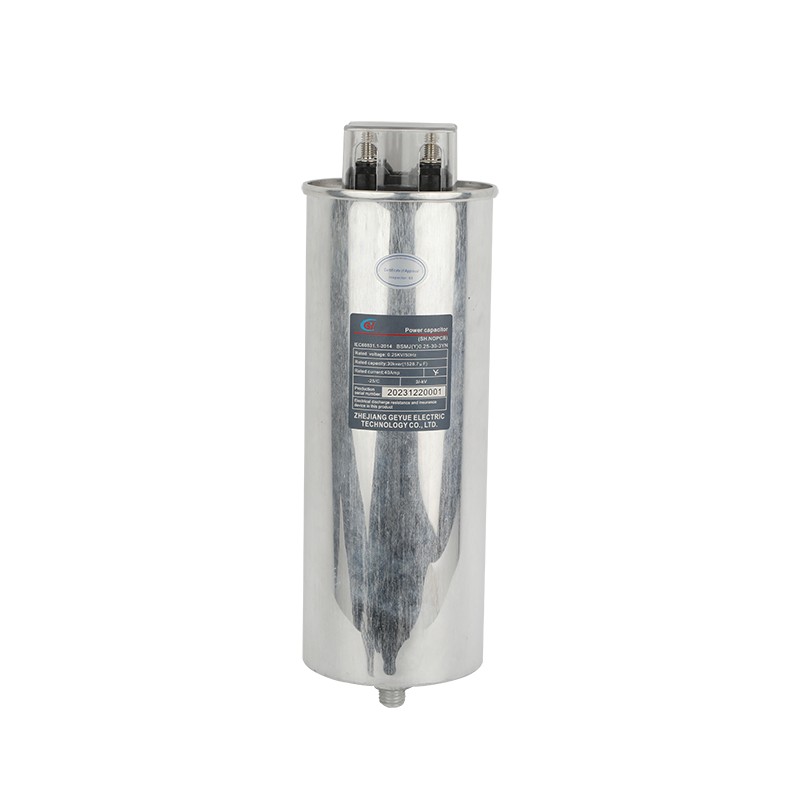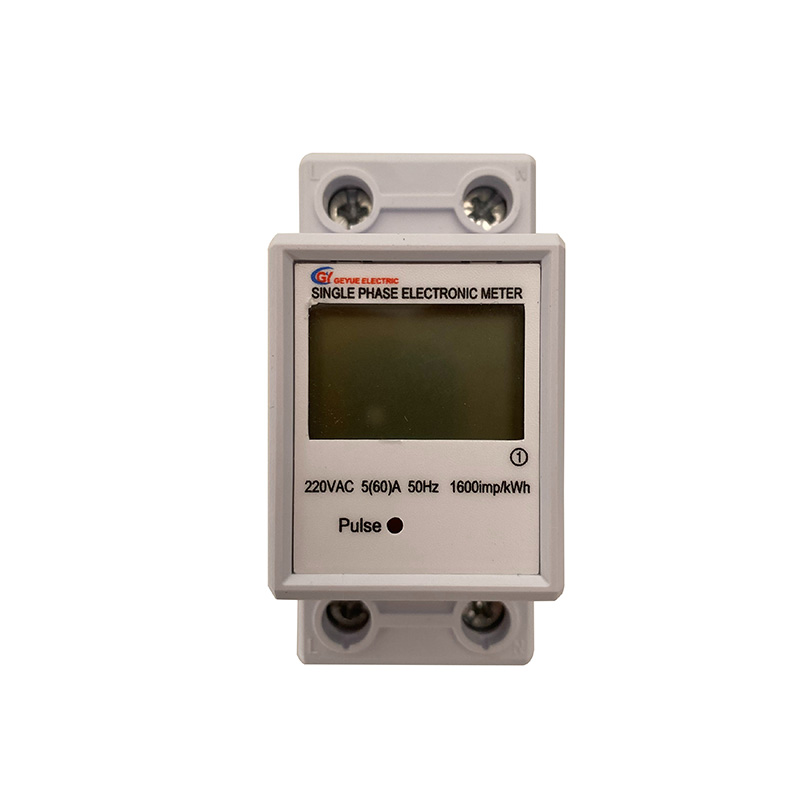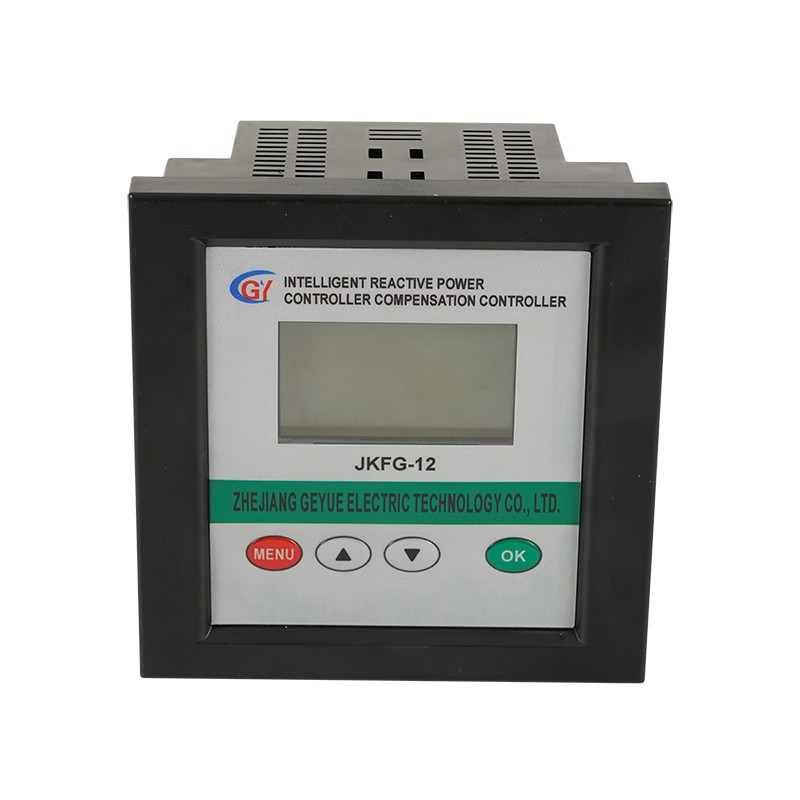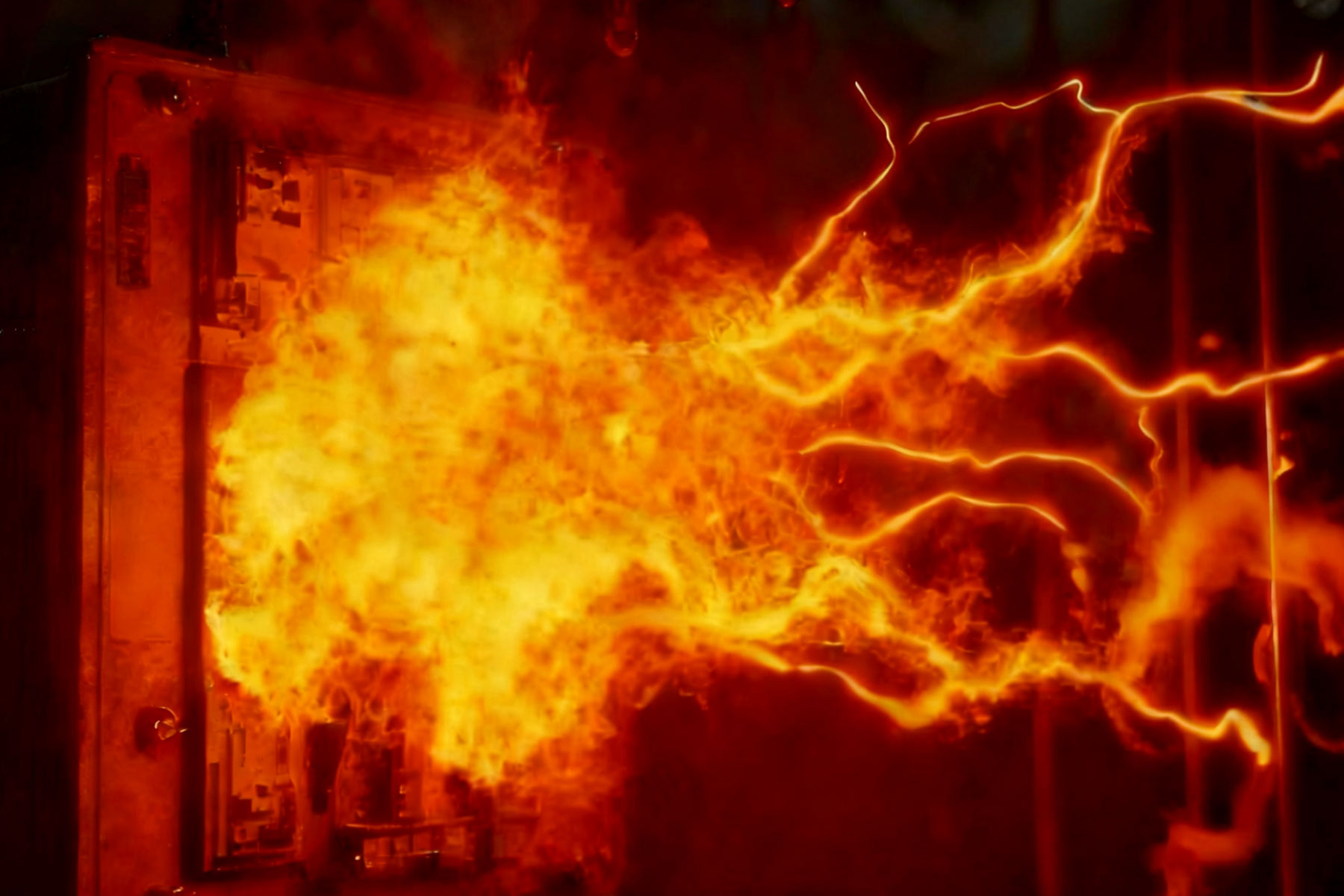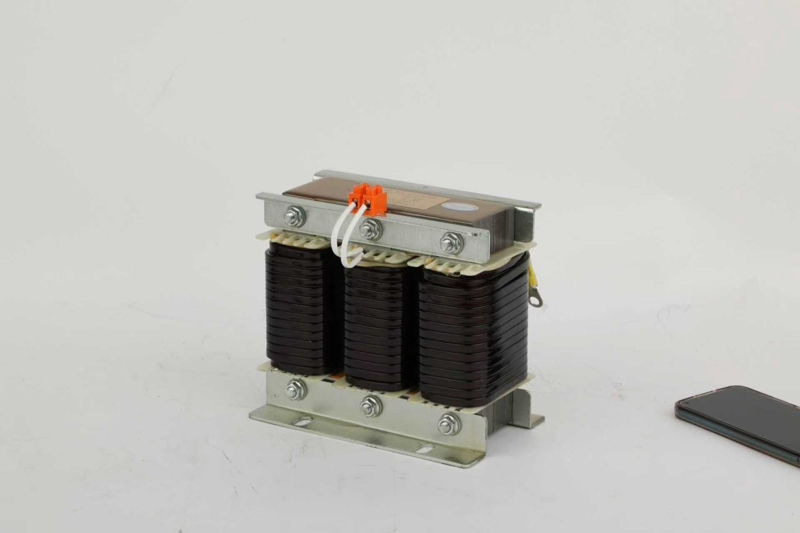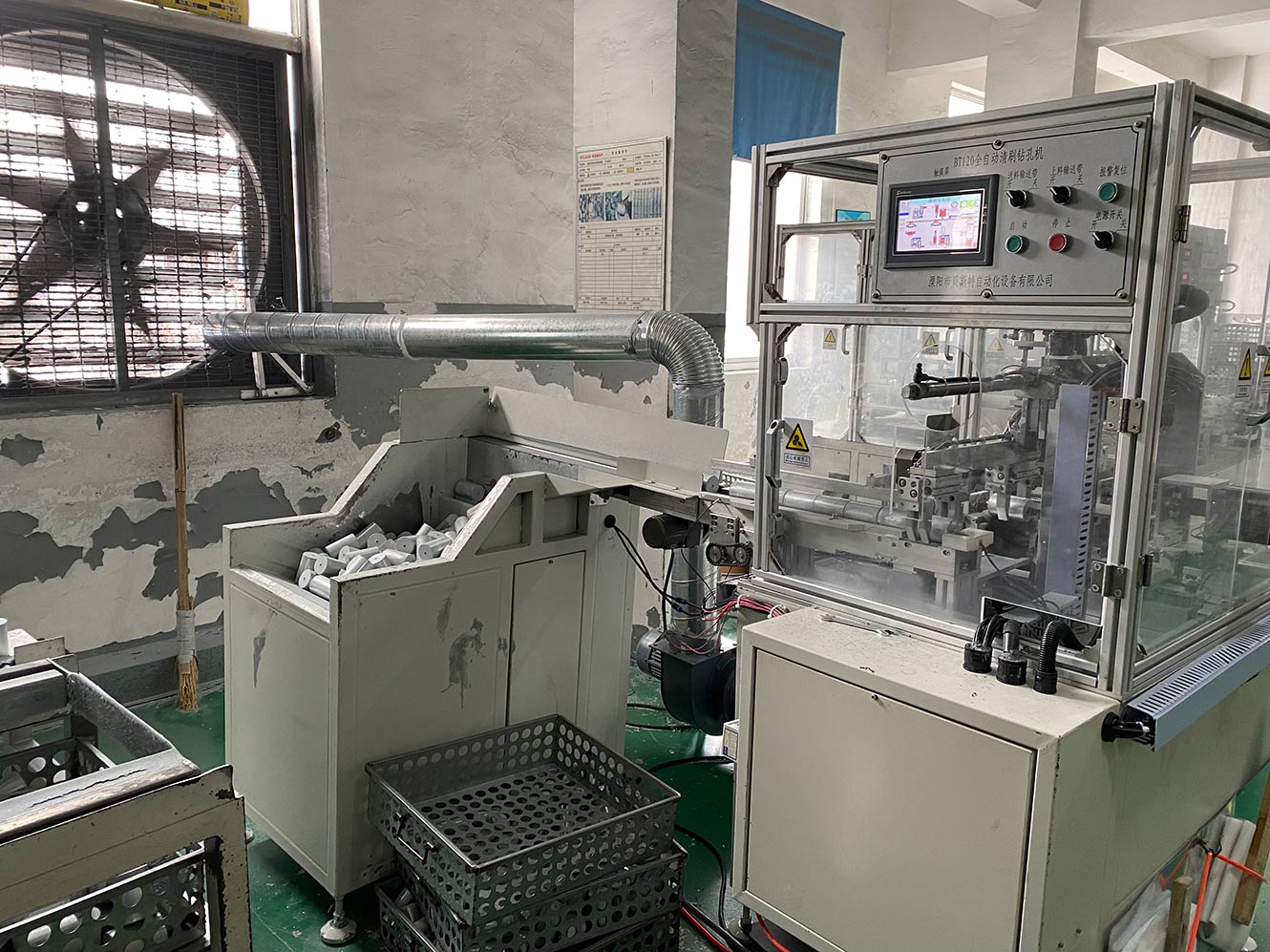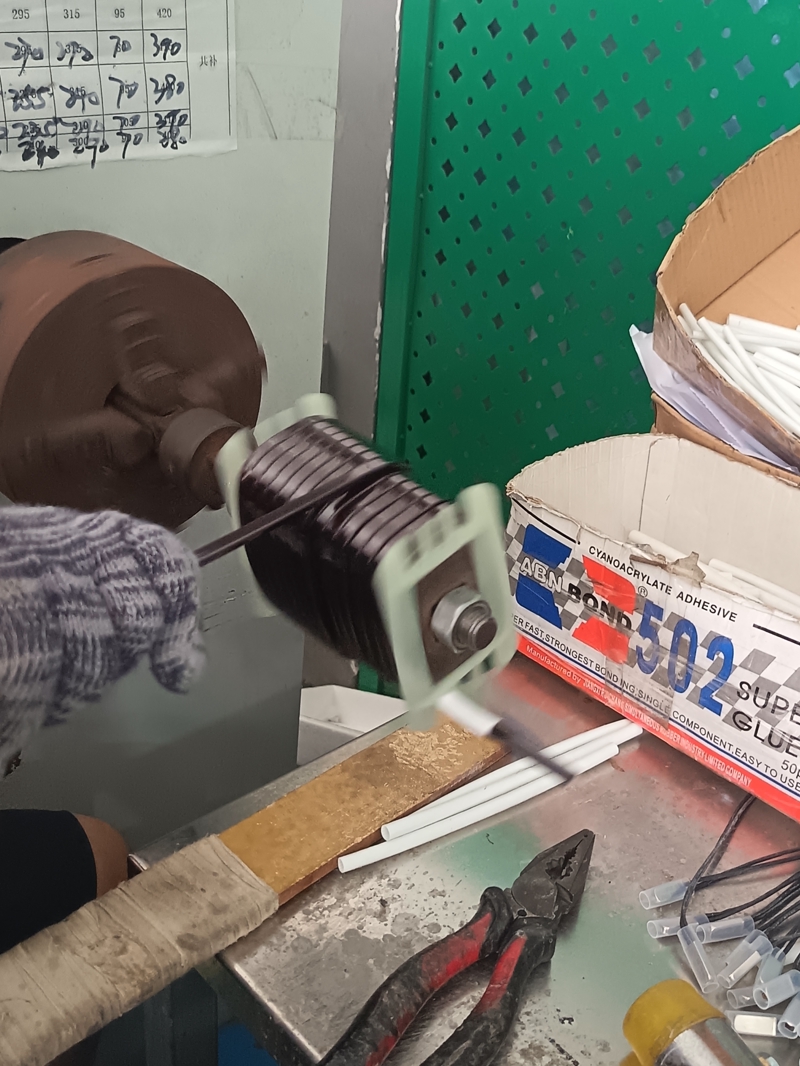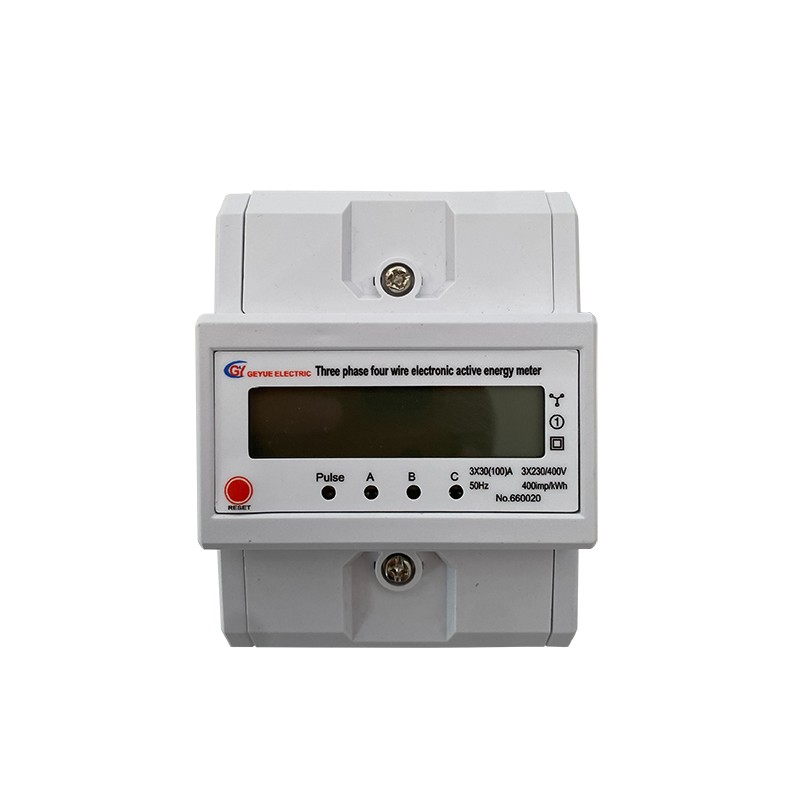What Does An AC Contactor Do?
AC contactor is a common electrical control device, usually used to control the switching action in the circuit, especially in high-power equipment. In my actual work experience, AC contactors are commonly found in industrial equipment, elevators, air conditioners and other fields. Simply put, the function of an AC contactor is to control the start and stop of other equipment through the "switching" of current. Its working principle and purpose are very important. It can not only improve the safety of electrical equipment, but also effectively improve the convenience of operation.
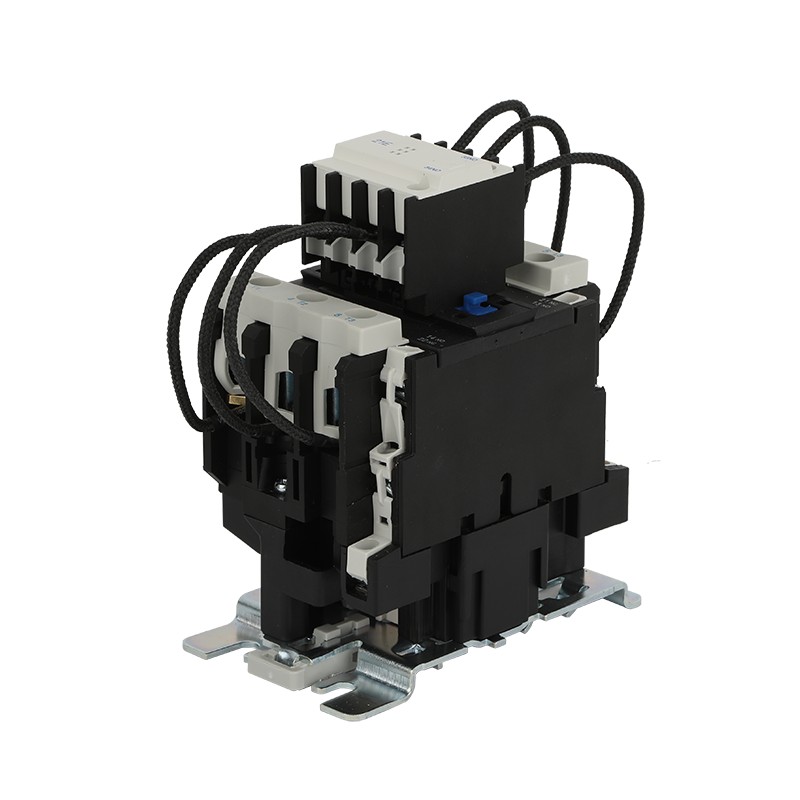
The most basic function of an AC contactor is to control the switch of a high-voltage circuit in a low-voltage circuit. Simply put, it energizes a coil to close the contacts of the contactor, thereby allowing current to pass through the high-voltage circuit to control the start and stop of the equipment.
AC contactor is not only a tool for controlling the start and stop of equipment, it also has a very important protective function. It can be used to avoid equipment overload, short circuit or overheating, and protect the safety of the circuit system. The contactor is usually equipped with a thermal relay or overload protection device, which can automatically disconnect the circuit when the current exceeds the rated load of the equipment. For example, in an air conditioning system, if the current suddenly increases, the contactor will quickly disconnect the power supply to prevent the risk of electrical damage or fire.
AC contactors play an increasingly important role in industrial automation, especially in large-scale mechanical equipment and automated production lines. I once participated in a production line transformation project with the goal of improving efficiency through automated control. As a core control component, the AC contactor realizes automatic start and stop control of the entire production line by connecting sensors, PLC (programmable logic controller) and other devices. When the system runs to a certain stage, the PLC will send a signal to trigger the switching of the AC contactor control circuit to ensure that the equipment runs according to the predetermined time and mode. This "intelligent" control method greatly improves production efficiency and accuracy.
AC contactors are widely used in various electrical equipment and systems, especially high-power and high-voltage equipment. Common usage scenarios include motor control, lighting systems, air conditioning, HVAC equipment, elevators, etc. The specifications of AC contactors vary depending on the use environment. For example, for ordinary small motor control, the contactor used may only be a small-capacity contactor of tens of amperes, while for large industrial equipment, a high-capacity contactor of hundreds of amperes or even thousands of amperes may be required. When choosing an AC contactor, we usually have to consider factors such as its rated current, number of contacts, rated voltage, and working environment. If you are buying a contactor for industrial equipment, you should pay more attention to high temperature resistance, dustproof, waterproof and other characteristics when choosing. Choose the appropriate product according to the actual situation to ensure the stability and safety of the system.
- Can Cylinder Self-healing Shunt Capacitor Become the Ideal Choice for the Smart Grid Era?
- Apart from Saving Electricity Costs, What Value does Low-Voltage Reactive Power Compensation Bring to Enterprises?
- How does the Temperature Dependence of a Capacitor's Capacitance Value affect the Tuning Point of a Detuned Filter Circuit?
- Is There a Non-Invasive Way to Monitor the Internal Health of Power Capacitors, Such as Their Equivalent Series Resistance (ESR)?
- What Is the Concept of "Reactive Power Banking" or "Reactive Power Dispatch" in a Smart Grid Context?
- What Are the Recycling and Disposal Plans for Self-Healing Shunt Capacitors after the End of Their Life Cycle?

